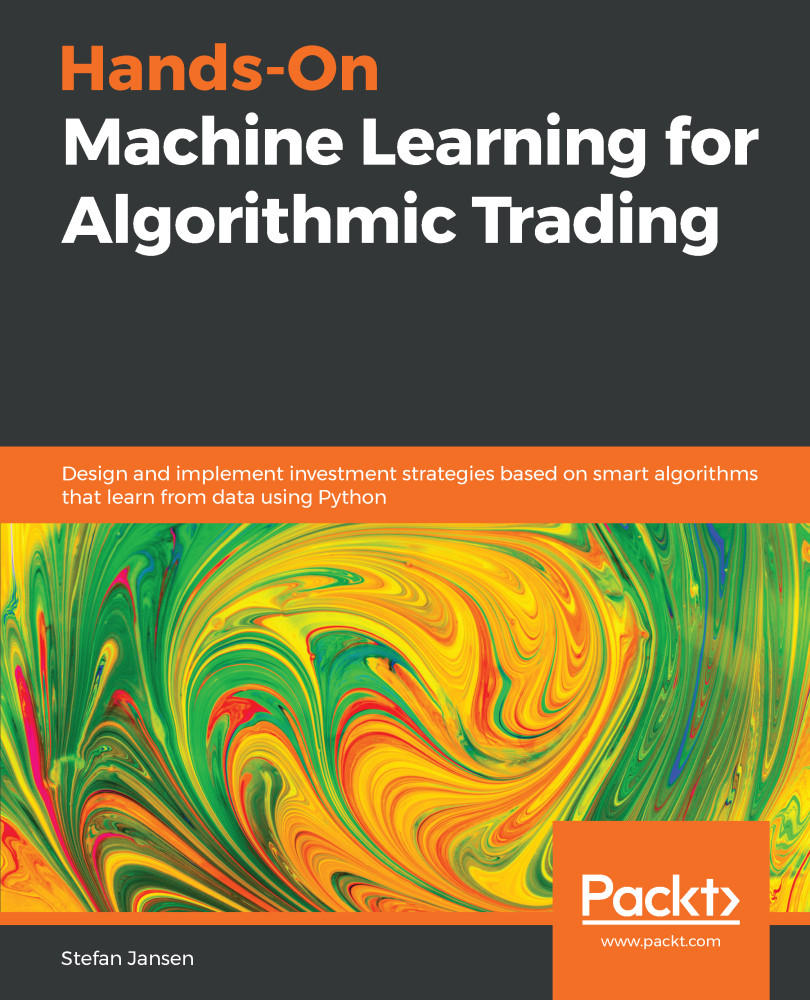The goal of this book was to enable you to apply machine learning (ML) to a variety of data sources and the extract signals useful for the design and execution of an investment strategy. To this end, we introduced ML as an important element in the trading strategy process. We saw that ML can add value at multiple steps in the process of designing, testing, executing, and evaluating a strategy.
It became clear that the core value proposition of ML consists of the ability to extract actionable information from much larger amounts of data more systematically than human experts would ever be able to. On the one hand, this value proposition has really gained currency with the explosion of digital data that made it both more promising and necessary to leverage computing power for data processing. On the other hand, the application of ML still requires significant human intervention...


